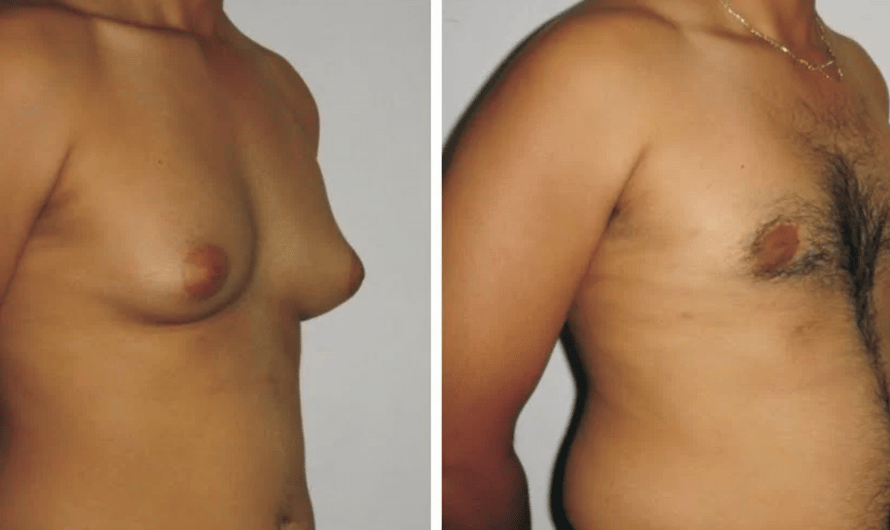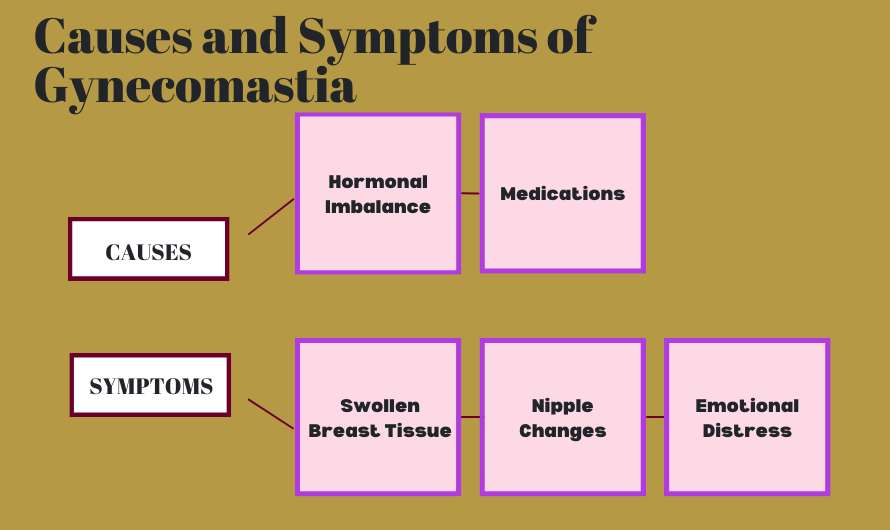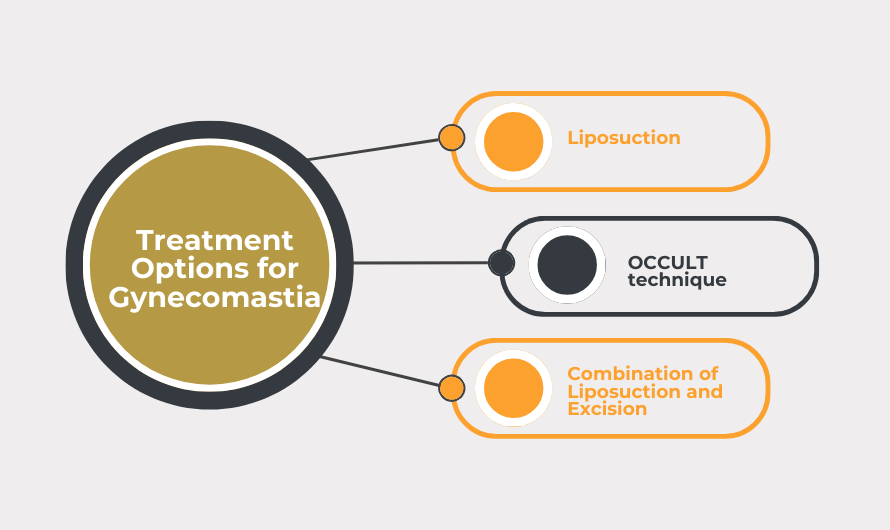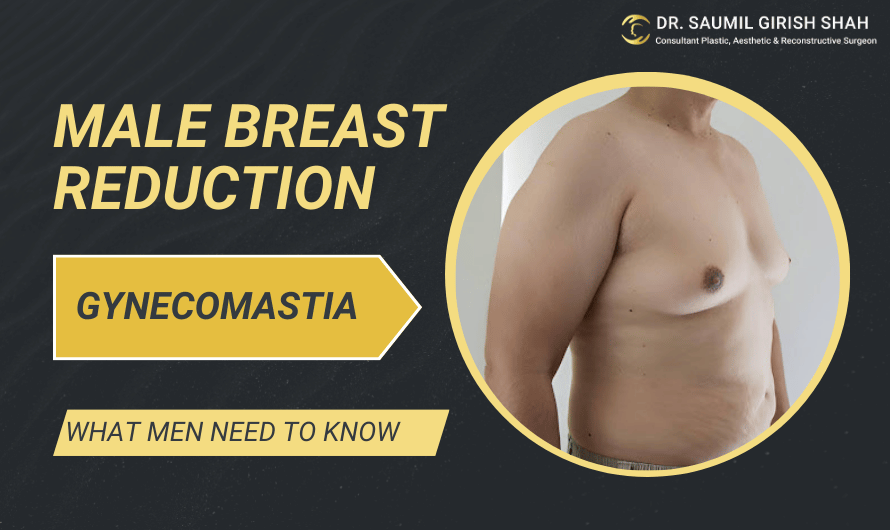Gynecomastia, or the enlargement of male breast tissue, is a common condition that can cause both physical discomfort and emotional distress. Men affected by gynecomastia often feel self-conscious about their appearance, and in some cases, it can affect their quality of life. If you are considering gynecomastia surgery, it’s essential to understand the basics of the condition, its causes, symptoms, treatment options, and what to expect before, during, and after the procedure. This blog will provide you with a comprehensive guide to help you make an informed decision.
Understanding Gynecomastia

Gynecomastia is a condition where the male breast tissue becomes enlarged, often due to an imbalance between the hormones estrogen and testosterone. It is important to note that gynecomastia is not the same as “man boobs” caused by excess fat; it involves the actual glandular tissue growth. Gynecomastia can occur in one or both breasts, and the severity can vary from mild enlargement to more noticeable swelling.
Key Terms:
- Gynecomastia: Enlargement of male breast tissue due to hormonal imbalance.
- Pseudogynecomastia: Enlargement caused by excess fat without glandular tissue growth.
Causes and Symptoms
Gynecomastia can be caused by various factors, including hormonal changes, genetics, certain medications, and health conditions like liver disease or hyperthyroidism.

Common Causes:
- Hormonal Imbalance: Changes in testosterone and estrogen levels, especially during puberty or aging, can lead to gynecomastia.
- Medications: Some drugs, including anabolic steroids, anti-androgens, and certain antidepressants, can cause breast tissue growth.
Symptoms:
- Swollen Breast Tissue: The most noticeable symptom is the swelling of one or both breasts, which may feel tender or painful.
- Nipple Changes: In some cases, the nipple and areola becomes more prominent also called as “puffy nipples”.
- Emotional Distress: Many men experience feelings of self-consciousness or embarrassment due to the physical changes.
Treatment Options for Gynecomastia
If lifestyle changes or medications don’t address the issue, surgery may be an option. There are several surgical techniques that can effectively reduce or remove excess breast tissue.

1. Liposuction:
If the gynecomastia is primarily due to fat accumulation, liposuction may be the ideal treatment. It involves the use of a small cannula to suction out the excess fat from the chest area.
2. OCCULT Technique:
The OCCULT technique for gynecomastia is a minimally invasive procedure that targets excess breast tissue with small incisions, ensuring minimal scarring. This approach is ideal for those seeking a discreet, effective solution to gynecomastia.
3. Combination of Liposuction and Excision:
In many cases, a combination of both procedures may be necessary to achieve the desired results.
What to Expect Before and After Surgery

Before Surgery:
- Consultation with a Surgeon: A thorough consultation with a board-certified plastic surgeon is crucial to understand your goals, medical history, and the best approach for you.
- Preoperative Instructions: You may be advised to avoid certain medications or foods that could increase the risk of complications during surgery.
After Surgery:
- Recovery: The recovery process typically takes a few weeks. Swelling, bruising, and discomfort are normal but should subside in a few days.
- Results: It may take several months for the final results to become visible as the chest heals.
- Follow-Up Appointments: Regular check-ups will be necessary to monitor the healing process.
Dr. Saumil Girish Shah is a renowned plastic surgeon in Mumbai, specializing in both aesthetic and reconstructive surgery. Consultations with Dr. Shah is available at Skinzone Aesthetic. You can book an appointment by contacting the clinic directly or visiting their website.
FAQs About Gynecomastia Surgery
1. Will gynecomastia surgery leave scars?
Our specialized “OCCULT” technique leaves only a tiny 1/2 cm scar on the side of the chest, no extra scars will be there on the front of the chest or around the nipple and areola.
2. How long does recovery take after surgery?
Most patients can resume light activities within 1-2 weeks, with full recovery taking about 4-6 weeks.
3. Will the results of gynecomastia surgery be permanent?
Yes, the results are generally permanent. However, changes in weight or hormone levels may affect the outcome.
4. Is gynecomastia surgery safe?
When performed by a qualified, experienced surgeon, gynecomastia surgery is generally very safe, with a low risk of complications.
5. Can gynecomastia recur after surgery?
Recurrence is rare but can happen, especially if there are underlying hormonal imbalances.
6. Are there any non-surgical options for treating gynecomastia?
If it is prior to 16 years of age, it may resolve on its own. However, after 16 years of age if there is a gland, surgery is your only option. No nonsurgical option will work. With the OCCULT technique of gynaecomastia it can be done with minimal cuts and scars..
7. Will I experience pain during the procedure?
Gynaecomastia surgery is usually done under General anaesthesia or if any indication Local anaesthesia. So there is no pain under anesthesia.
Conclusion
Gynecomastia surgery can significantly improve both the physical appearance and emotional well-being of men who struggle with enlarged breasts. If you’re considering surgery, it’s important to consult with a skilled and experienced plastic surgeon to discuss your options and create a personalized treatment plan. Remember, professional advice and care are key to achieving the best possible results.




